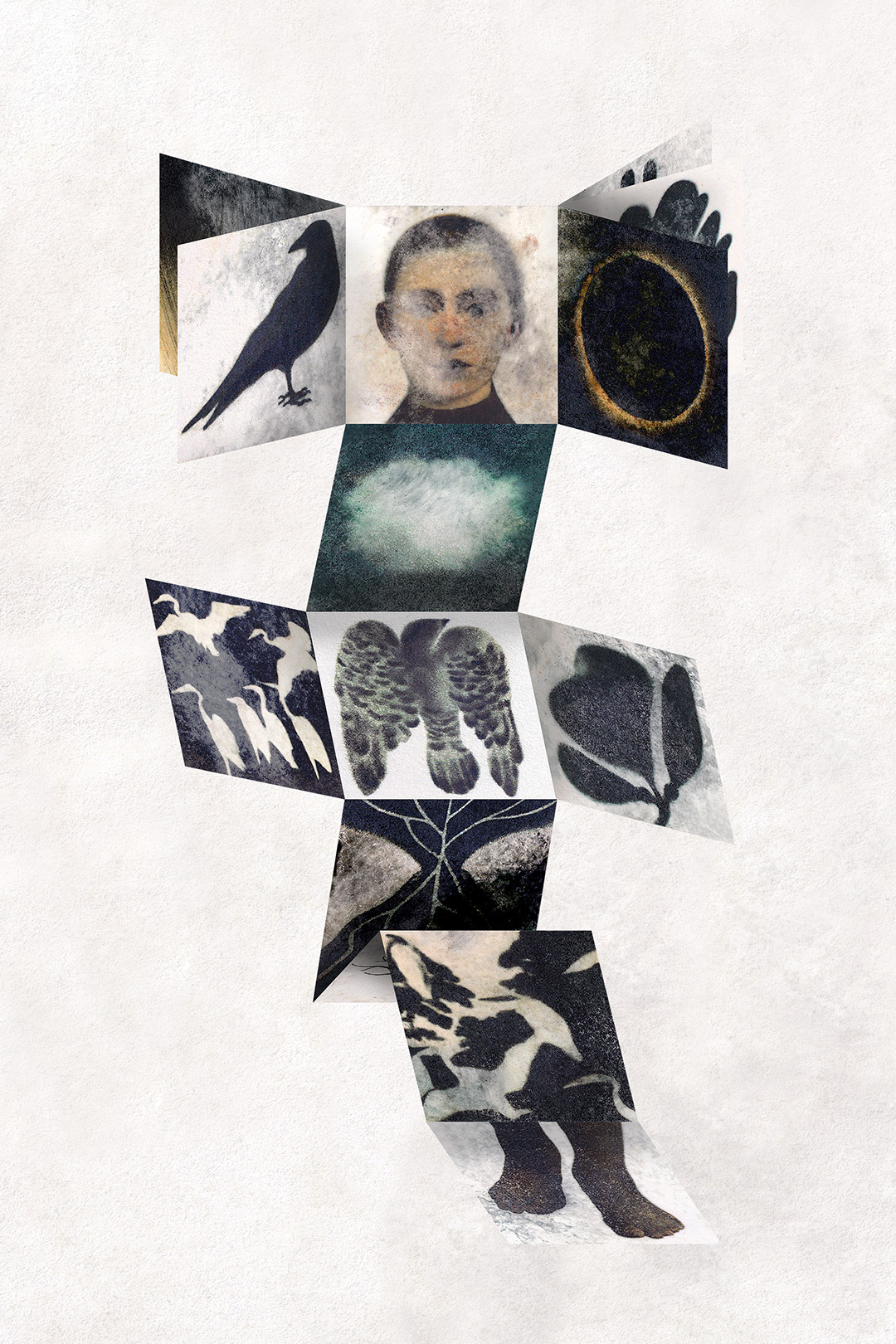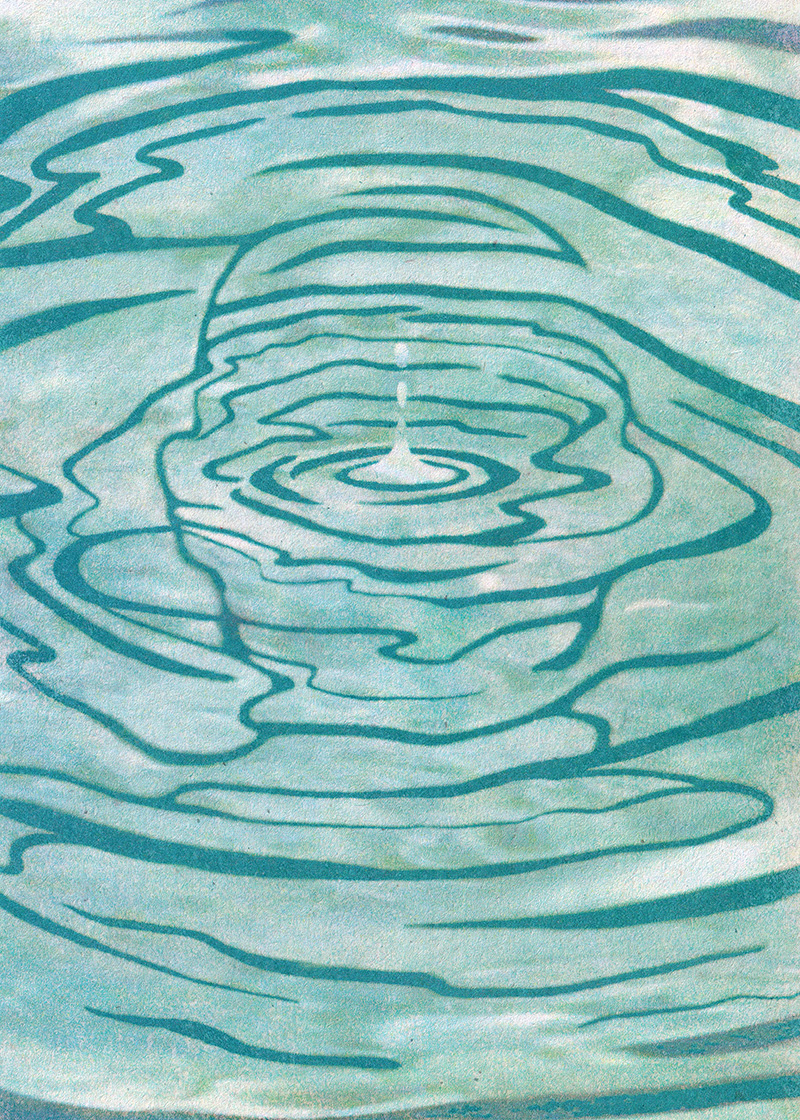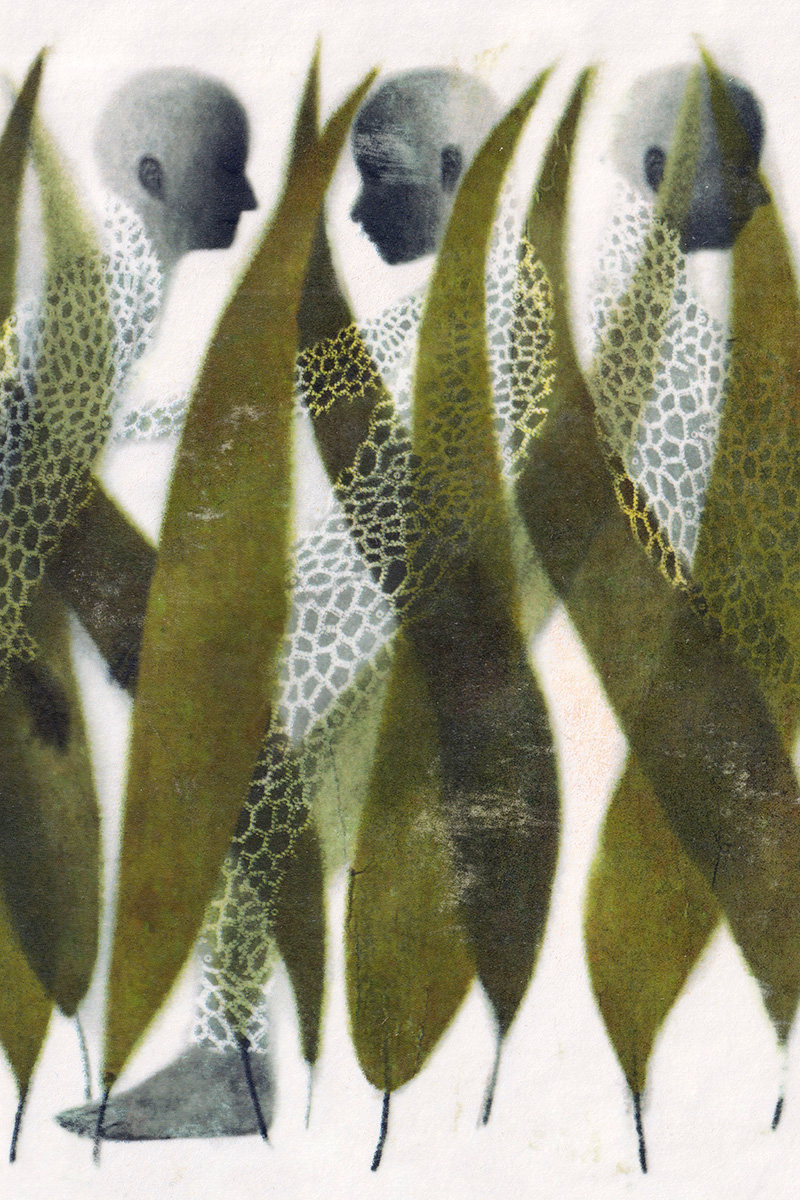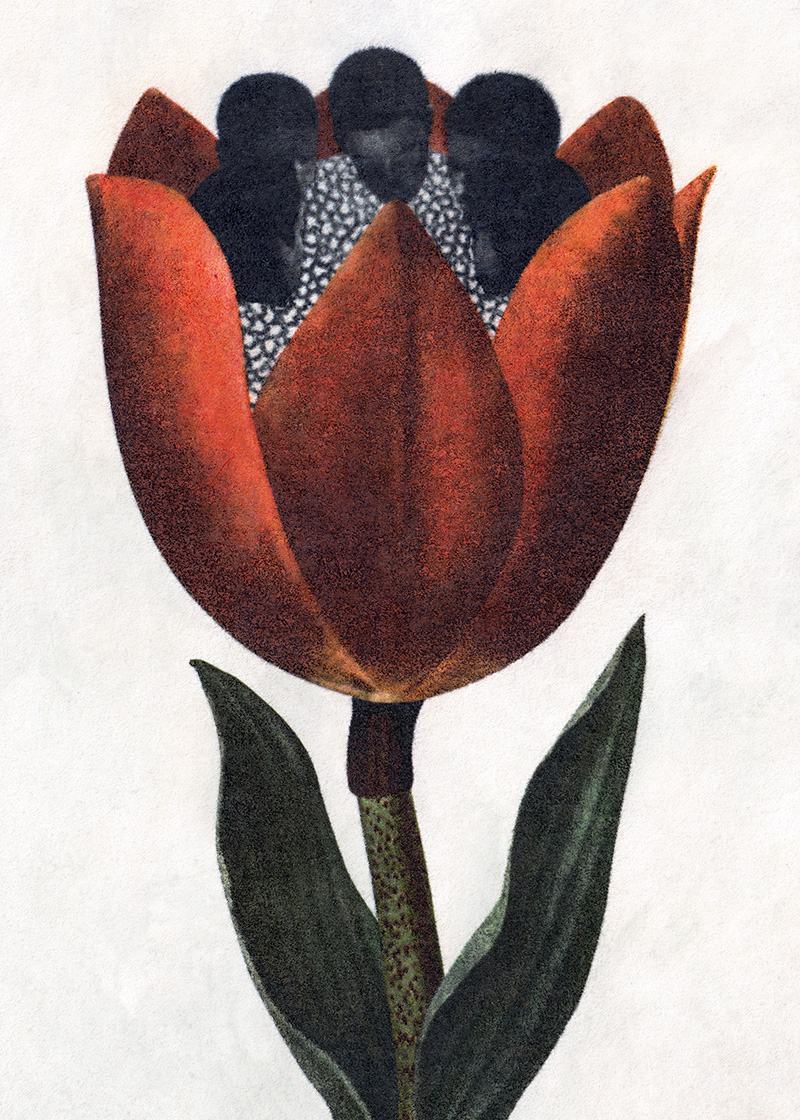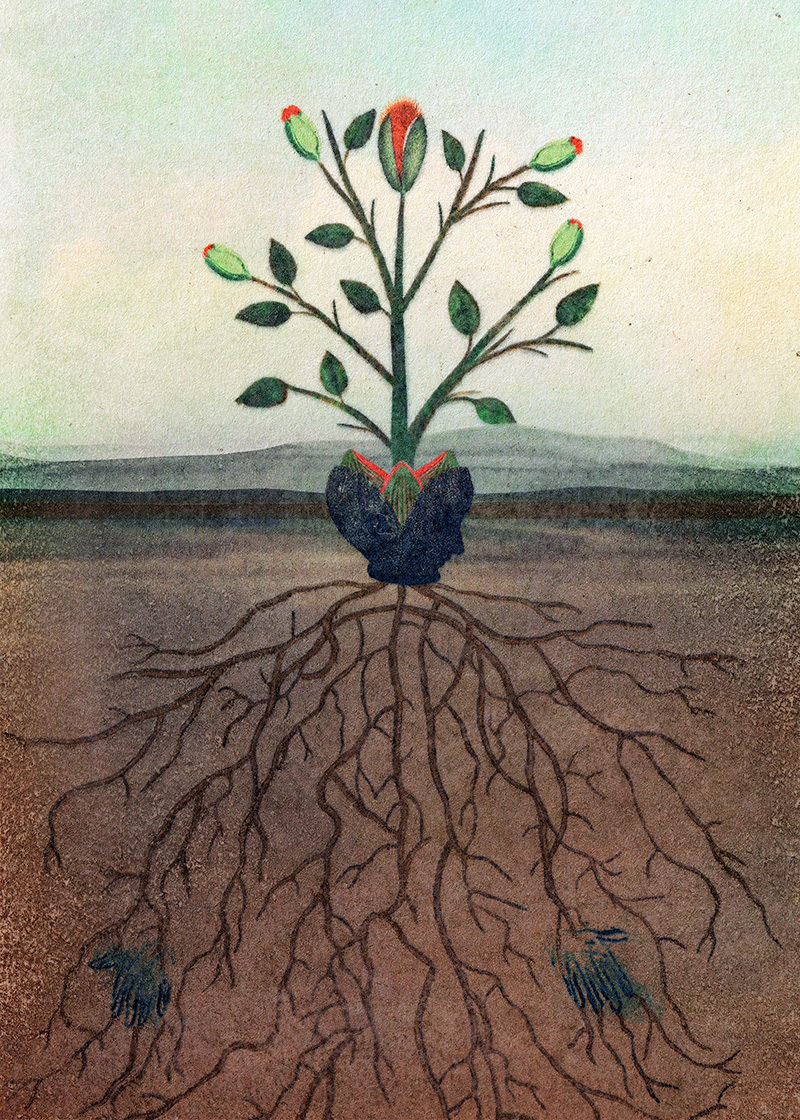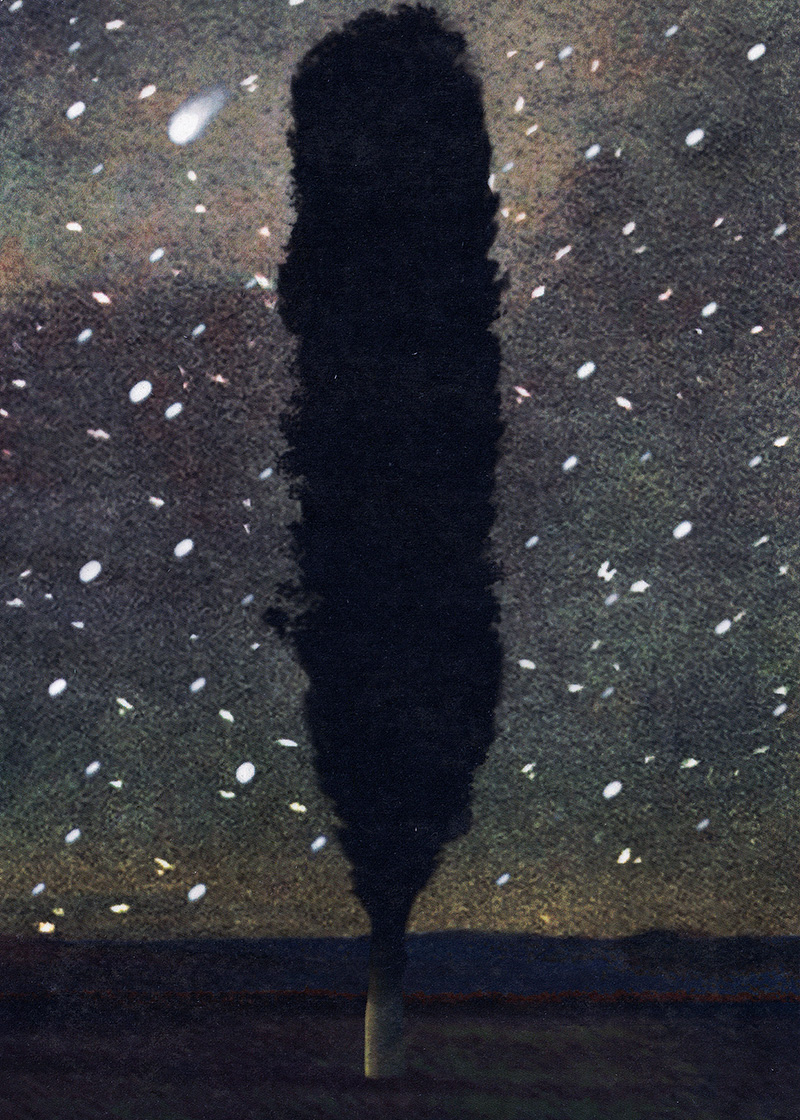Ledgers in the Land
an Emergence Magazine Practice
The Earth has an immense capacity for recording the passage of time. The planet’s very flesh—crust, rock, sediment, and soil—holds memories of the Earth’s many changes; mountains, trees, bodies of water, and sequestered carbons offer enduring testimonies to bygone geologic eons and technological ages. In this way, the Earth is a great self-documenting archive—one on which we humans, too, have inscribed our marks. As our rapidly changing climate transforms the landscapes around us, much of the past is once again becoming visible, reminding us that the land is always recording, always remembering.

